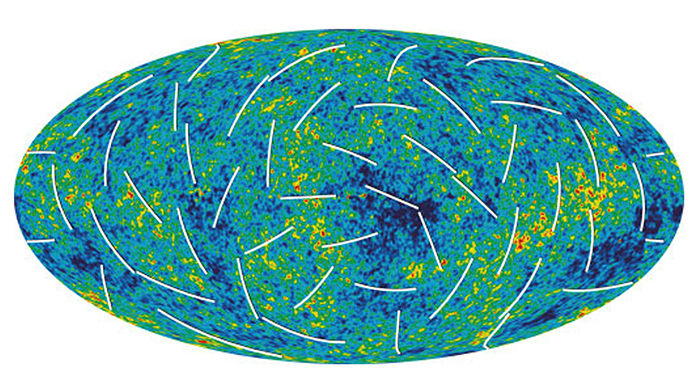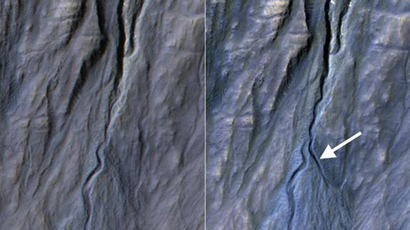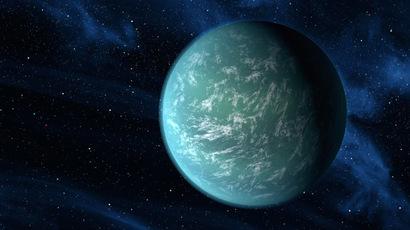Multiple universes? Now we can test for them!

The question of the size and limits of our universe can fry our mind without reading into it. Still more amazing, some among us always believed that we live in multiple, parallel universes. Now scientists think they can prove the fantastic hypothesis.
There is testable science, and then there is fantasy and beautiful fairytales. Mathew Johnson of the Perimeter Institute for Theoretical Physics in Waterloo, Canada, has a mission to take on one of the most impossible beliefs of the latter and place it firmly in the former category.
Johnson’s tactic is quite simply to establish a way of testing for different scenarios of how universes might collide, if they exist. He develops a computer model that simulates collision of physical bubble-like objects on a small, workable scale.
The metaphor for the multiverse used in the study is then quite similar to ordinary, observable processes here on Earth.
Imagine watching a pot of boiling water slowly simmer and form bubbles. Some of these bubbles grow into bigger ones, others split up, bump into each other, interact etc. This is what proponents of the multiverse theory believe about the vacuum, which they say came before the Big Bang: an empty field full of energy that had nowhere to go, and thus began creating bubbles – universes, that began to collide with each other and interact in different ways. They represented the totality of every dimension we have come to know – space, time, all the constants and physical laws.
In short, we are in a cappuccino foam of universes. Scientists believe this is so due to what we call cosmic inflation – a process by which the cosmos has been expanding after the purported Big Bang. Not everyone believes the theory, but it’s the most popular, and explains a large quantity of otherwise inexplicable space phenomena. It holds as its central thesis that after the pop, the universe expanded billions of light years across in a microscopic fraction of a second.
But even if dominant, the force behind the inflation still has to be proven. We take for a given that that force, known as vacuum energy, exists.
There are many different variations on the multiverse theme, but they all are limited by our inability to observe them empirically.
"That's what this research program is all about," Johnson writes. "We're trying to find out what the testable predictions of this picture would be, and then going out and looking for them."
As a starting point he uses a model that requires the collision of only two universes in some way or another. What makes this model simple is that we assume that the collision will have all the physical properties of two bubbles colliding in real life. Johnson uses a computer to see how they would interact.
“We collide the bubbles on a computer to figure out what happens, and then we stick a virtual observer in various places and ask what that observer would see from there," he says.
“All I need is gravity and the stuff that makes the bubbles up. We're now at the point where if you have a favorite model of the multiverse, I can stick it on a computer and tell you what you should see,” Johnson explains.
The leap here is in that the computer simulation can in this way rule out certain existing multiverse models. Johnson has already made headway in estimating how an instance of two universes colliding would behave at the microwave dimension – “a disk in the sky” for instance.
No predictions have yet come to fruition. However, this is the first time anyone has attempted to quantify these reactions. And ruling out certain results leaves other scenarios more likely to happen. Moreover, these computer models expose the likelihood of testing the behavior of bubble collisions at all, and that makes them a huge leap for physics and astronomy.














